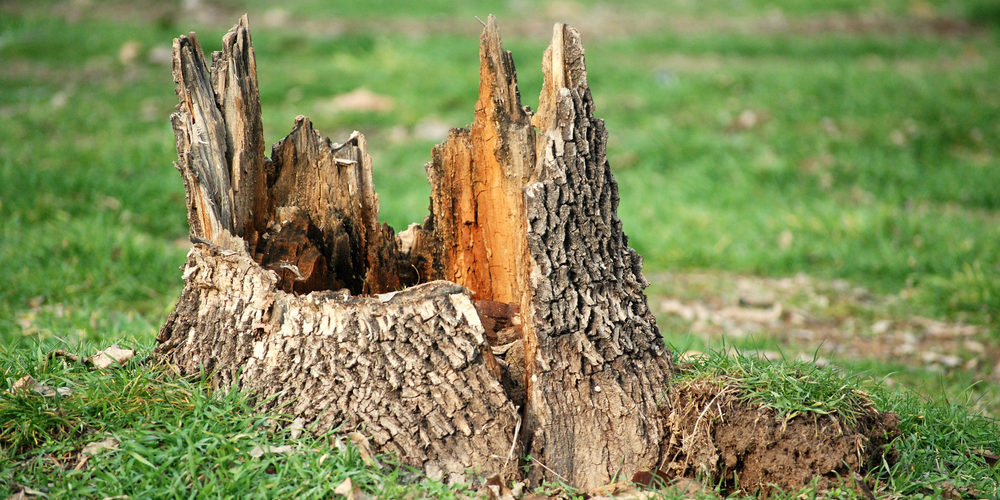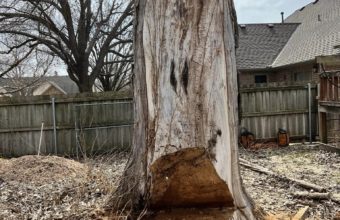The time it takes for a tree stump to rot naturally can vary widely depending on several factors, including the type of tree, the size of the stump, the local climate, and environmental conditions. Generally, a tree stump can take anywhere from 3 to 10 years or more to decompose completely on its own. Hardwood stumps (such as oak, maple, or ash) typically take longer to decompose than softwood stumps (like pine, fir, or cedar) due to the denser wood.
Environmental conditions play a significant role in the decomposition process…
- Moisture – Stumps rot faster in moist environments because fungi and bacteria, which are the primary agents of wood decomposition, thrive in damp conditions.
- Temperature – Warmer temperatures accelerate decomposition by promoting the activity of decomposing organisms.
- Soil contact – Stumps that are in direct contact with soil tend to rot faster because they are more accessible to the fungi and bacteria in the soil.
To accelerate the rotting process, several methods can be employed, such as…
- Drilling holes in the stump and filling them with high-nitrogen substances or stump removal chemicals to speed up decomposition.
- Covering the stump with soil or mulch to keep it moist and encourage the growth of decomposing organisms.
- Introducing decomposing agents directly, such as mushroom spore plugs, which not only help decompose the wood but can also produce edible mushrooms.
Even with these methods, the process can still take several years, but they can significantly reduce the time it takes for a stump to rot completely compared to letting it decompose naturally.






